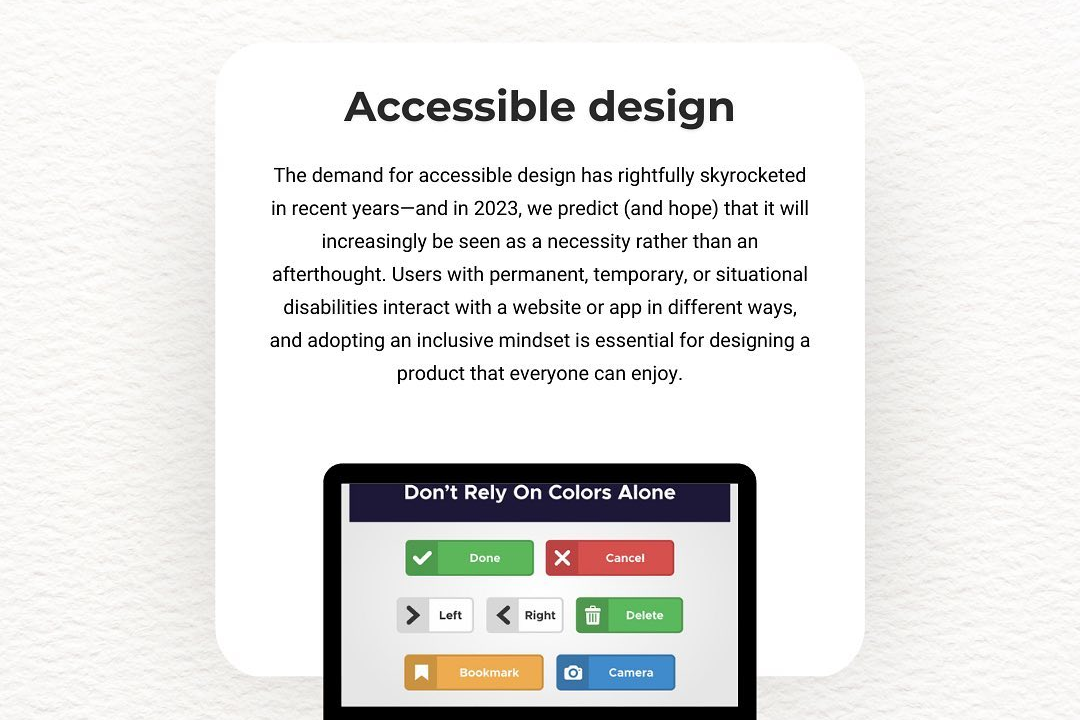How to Connect Database in PHP Program
Connecting a database in a PHP program involves establishing a link between the PHP code and a datab
How to Connect Database in PHP Program
Connecting a database in a PHP program is essential for creating dynamic and data-driven web applications, as it allows the server-side code to interact with stored data seamlessly. By establishing a connection using functions like mysqli_connect() or PDO, developers can efficiently retrieve, insert, update, and delete information, enabling features such as user authentication, content management, and real-time updates. This integration simplifies data management, making websites more interactive and responsive to user inputs, which is crucial for building robust and scalable applications in today's digital landscape.
To Download Our Brochure: https://www.justacademy.co/download-brochure-for-free
Message us for more information: +91 9987184296
Connecting a database in a PHP program is essential for creating dynamic and data driven web applications, as it allows the server side code to interact with stored data seamlessly. By establishing a connection using functions like mysqli_connect() or PDO, developers can efficiently retrieve, insert, update, and delete information, enabling features such as user authentication, content management, and real time updates. This integration simplifies data management, making websites more interactive and responsive to user inputs, which is crucial for building robust and scalable applications in today's digital landscape.
Course Overview
This course teaches you how to connect and interact with databases in PHP programs using mysqli and PDO, enabling you to build dynamic, data-driven web applications efficiently.
Course Description
This course covers connecting PHP applications to databases using mysqli and PDO, enabling learners to build dynamic, data-driven websites efficiently through real-time project examples.
Key Features
1 - Comprehensive Tool Coverage: Provides hands-on training with a range of industry-standard testing tools, including Selenium, JIRA, LoadRunner, and TestRail.
2) Practical Exercises: Features real-world exercises and case studies to apply tools in various testing scenarios.
3) Interactive Learning: Includes interactive sessions with industry experts for personalized feedback and guidance.
4) Detailed Tutorials: Offers extensive tutorials and documentation on tool functionalities and best practices.
5) Advanced Techniques: Covers both fundamental and advanced techniques for using testing tools effectively.
6) Data Visualization: Integrates tools for visualizing test metrics and results, enhancing data interpretation and decision-making.
7) Tool Integration: Teaches how to integrate testing tools into the software development lifecycle for streamlined workflows.
8) Project-Based Learning: Focuses on project-based learning to build practical skills and create a portfolio of completed tasks.
9) Career Support: Provides resources and support for applying learned skills to real-world job scenarios, including resume building and interview preparation.
10) Up-to-Date Content: Ensures that course materials reflect the latest industry standards and tool updates.
Benefits of taking our course
Functional Tools
1 - XAMPP/WAMP Server: These are popular local development environments that package Apache, MySQL, PHP, and phpMyAdmin into an easy to install bundle. They allow students to set up a personal web server on their computer without the need for complex configurations. Using XAMPP or WAMP, students can quickly create a testing environment to practice connecting PHP applications to a database, run queries, and troubleshoot issues in real time. The user friendly interface simplifies managing server components, making it ideal for beginners aiming to learn PHP MySQL integration efficiently. These tools also support cross platform compatibility, with XAMPP available for Windows, Linux, and Mac OS, ensuring flexibility for students based on their operating system preferences.
2) PHPMyAdmin: A web based database management tool integrated with most local servers like XAMPP and WAMP, phpMyAdmin provides an intuitive interface for managing MySQL databases. It allows students to create, modify, and delete databases and tables visually, reducing the need to write complex SQL commands initially. phpMyAdmin also simplifies executing SQL queries, importing/exporting databases, and managing user privileges, making it an essential tool for learning database connectivity. By working with phpMyAdmin, students gain confidence in database management tasks and develop a better understanding of database schemas, relations, and data handling procedures, which are critical for effective PHP MySQL applications.
3) PHP Development Environment (IDE/Text Editors): Tools like Visual Studio Code, Sublime Text, PHPStorm, or Notepad++ play a vital role in writing and debugging PHP code efficiently. These IDEs and editors offer syntax highlighting, code completion, error detection, and debugging features that streamline the development process. Using these tools, students can write PHP scripts to connect with databases seamlessly, test their code, and rectify issues promptly. They also support version control integration (like Git), collaborative coding, and plugin extensions that enhance productivity. A robust development environment fosters best coding practices and helps students gain confidence in building scalable, maintainable PHP applications.
4) MySQL Command Line Client: For users comfortable with terminal commands, this tool provides direct access to manage MySQL databases via command line interface. It serves as an essential resource for running queries, creating or modifying tables, and managing user privileges through text commands. Learning to use the MySQL CLI helps students understand the underlying operations behind database management, which is valuable for troubleshooting and advanced configurations. It complements GUI tools by offering greater control and efficiency in database operations, especially in production environments or remote server settings where GUI access might be limited.
5) Database Connectivity Libraries and Extensions: PHP includes built in extensions such as mysqli and PDO (PHP Data Objects) that facilitate database connections. These libraries provide robust APIs to connect PHP scripts with MySQL databases securely and efficiently. PDO, in particular, offers support for multiple database systems and prepared statements, which are essential for preventing SQL injection attacks. Understanding how to leverage these libraries during training programs equips students with the skills needed to write clean, secure, and optimized database connected applications. Familiarity with these tools also prepares students for working with other database systems and integrating advanced database features into their web applications.
6) Version Control Systems (Git): Managing code versions and collaboration through tools like Git ensures students maintain organized, trackable development workflows. Using Git in conjunction with platforms like GitHub or GitLab allows students to document their database connection projects, reverse changes if needed, and collaborate more effectively. Version control teaches disciplined development practices, enabling students to handle multiple iterations of their projects smoothly and incorporate feedback. It’s essential for team based projects and professional development environments, providing an infrastructure that supports continuous learning and project management during database connectivity training programs.
7) Docker Containers for Database Management: Docker allows students to create isolated, portable environments for their PHP and MySQL setup. By using Docker images, learners can quickly deploy a consistent database environment across different machines and operating systems. This ensures that students can experiment with database connectivity without worrying about local configurations or conflicts, facilitating a smoother learning process. Docker also supports deploying multi container setups, enabling students to simulate real world application deployments involving web servers, PHP, and databases, enhancing their understanding of containerized environments.
8) Database Backup and Recovery Tools: During advanced coursework and real time projects, understanding how to back up and restore databases is critical. Tools and commands within phpMyAdmin, MySQL Workbench, or command line interfaces help students learn data recovery techniques, ensuring data integrity and availability. These skills are vital for maintaining application reliability and understanding disaster recovery procedures in real world projects, making them an integral part of a comprehensive PHP MySQL training.
9) Monitoring and Performance Tuning Tools: As students progress, understanding how to monitor database performance becomes essential. Tools like MySQL Workbench, Percona Monitoring and Management (PMM), or built in MySQL performance schema allow learners to analyze query execution times, identify bottlenecks, and optimize database configurations. Learning performance tuning ensures that students can develop scalable applications capable of handling increased loads, essential for working on complex, real time projects.
10) Security and Authentication Libraries: Implementing secure database connection practices is fundamental. PHP libraries and practices such as SSL/TLS encryption for database connections, setting appropriate user privileges, and using prepared statements to mitigate SQL injection attacks are critical skills. Incorporating security focused tools and tutorials into training programs helps students build safe, industry compliant applications, which is vital when working on real time projects with sensitive data.
11 - Cloud Based Database Services: Exposure to cloud based platforms like Amazon RDS, Google Cloud SQL, or Azure Database services expands students’ horizons. Learning how to connect PHP applications to remote databases hosted on the cloud provides practical experience with scalable, managed database solutions. This knowledge prepares students for real world deployment scenarios, high availability setups, and modern DevOps practices relevant in contemporary software development.
12) Testing Frameworks for Database Applications: Tools like PHPUnit combined with database mocking or fixtures help students learn to write automated tests for database connected PHP applications. Incorporating testing strategies into the curriculum ensures that learners develop robust, reliable code that can be confidently deployed in production environments. Testing tools are essential for maintaining code quality and facilitating continuous integration/delivery pipelines in real time projects.
13) Documentation and Diagramming Tools: Using tools like MySQL Workbench's ER diagrams or schema documentation generators helps students visualize database structures. Good documentation practices improve understanding, facilitate collaboration, and assist in debugging complex connections. These skills are vital for maintaining large scale applications and ensuring clarity during team projects or client handovers.
14) Learning Resources and Tutorials: Supplementing practical training with access to official documentation, online tutorials, and community forums helps students deepen their understanding of PHP MySQL connectivity. JustAcademy ensures that learners have comprehensive resources, enabling independent problem solving and continuous learning, which are crucial for staying up to date with evolving technologies.
15) Real Time Project Integration: The ultimate goal is applying learned skills to real time projects. JustAcademy provides hands on projects involving building dynamic websites, e commerce platforms, or data dashboards that require seamless PHP MySQL integration. These projects help students understand end to end development workflows, deployment processes, and client requirements, preparing them for professional environments.
16) Certification and Industry Recognition: Our certification programs validate students' skills in PHP MySQL connectivity, database management, security best practices, and project development. Recognition from JustAcademy enhances employability, demonstrates proficiency to employers, and boosts confidence in handling complex database driven web applications in real world scenarios.
Browse our course links : https://www.justacademy.co/all-courses
To Join our FREE DEMO Session:
This information is sourced from JustAcademy
Contact Info:
Roshan Chaturvedi
Message us on Whatsapp:
Email id: info@justacademy.co
Android App Development Course in Ghaziabad Noida
Org.Openqa.Selenium.Webdriverexception After Upgrading Appium To V1.7.1












